This is a guest post by Niko Roberts, Co-founder & CEO at Eventfuel
You might already know that global fashion brand Sephora are renowned for running some of the best customer-facing events in the world. One thing you possibly didn’t know is that they also run fabulous events for their staff. Recently, Eventfuel.io was thrilled to participate in the support of one of these events at the luscious Sofitel Sentosa Resort in Singapore.
One of the reasons Sephora chose to work with us was the unique experiences that we bring to the table using “cool tech”. We’ve always loved working with the latest technologies to push events further for our customers. By forging great partnerships with other tech innovators from across the globe, we continue to stay ahead of the pack to bring beautiful new elements to the event experience.

One of our longest technology partnerships has been with Estimote. As far back as 2013, Eventfuel has led the charge, bringing Estimote Beacons to event spaces. While others are still catching up, we’re refining things to ensure even more power, reliability and value for our clients.
We use Estimote Beacons to power check-in, so instead of people queuing up, we can enable the check-in of large groups simultaneously. We do this by having their app automatically detect when they enter an event venue. The app then acts as a pass, allowing attendees to quickly enter and get on with networking and having fun!
Behind the scenes, the Eventfuel app detects one or more of the Estimote Beacons that we place around the check-in area and communicates with the Eventfuel cloud platform to discover if those beacons represent a known event. If our platform then responds with details of an event, the app then directs the delegate to the login screen.
At the Sephora event this meant check-in with two staff members was able to check in all 150 delegates in less than 30 minutes. A lot of this efficiency was because checking attendees in only required a quick glance by staff as they passed the desk.

We use Estimote Beacons to help us with location awareness by placing them around a venue and having our app report on what beacons can be seen. If the beacons are laid out well this can enable event organisers to detect a general location of a delegate at any given time. We have used this to great effect in larger events where multiple workshops were run simultaneously. Because we knew where delegates are and where they are supposed to be (assigned workshops) we can send them automated notifications if they are in the wrong place.
Sephora used this to great effect at their event to know who was present in different locations throughout the day. This meant they could send staff to different locations and know which sessions were more attractive than others, deepening the feedback they got from session ratings.
Another powerful use of Estimote Beacons is sending location/context specific messages to delegates when they approach certain objects. For example when a delegate approaches a sponsor’s banner, we use beacons to send information about that sponsor.
Sephora also used location notifications to communicate to delegates in particular sessions about what was happening or upcoming. This was especially useful for running live polls with all the people in the room to ask questions to the presenters or ask for feedback about the session.
In essence all of these features boil down to the same underlying technology: detecting and then reporting beacons. Importantly reporting needs to happen with minimal delay for it to be useful. If WiFi is unreliable, the reporting of beacons becomes delayed and locations are “old” before that information gets registered on the server.
To add to our high tech partners, we’ve recently partnered with a team based in Australia called PopUp WiFi who have solved the problem of unreliable WiFi. They developed the world’s first portable WiFi for hire. It’s powered by 4G and goes to any event space, indoors and out. Using multiple connections, powerful antennae and intelligent traffic control, they can provide internet in a venue instantly. They even frequent unusual settings like wineries and beaches, far from any cable internet. Working with a provider like PopUp WiFi means our beacon interaction technology can work flawlessly anywhere in the world, freeing event planners to choose surprising venues that really make an impact.

In a world where event planners are dreaming up a million ways that participants’ own devices can be used and delegates are looking for seamlessness, the industry can only benefit from working with people who stay one step ahead of the game. Powerful partnerships with technology innovators allow events people to keep dreaming and pushing the technology harder, knowing that the tech providers will gladly respond to the challenge.
Niko Roberts, Co-founder & CEO at Eventfuel









 Estimote team at work
Estimote team at work
 Estimote team, still at work
Estimote team, still at work Data scientists hard at work
Data scientists hard at work Our recruiter Sunny, sourcing talent to interview
Our recruiter Sunny, sourcing talent to interview





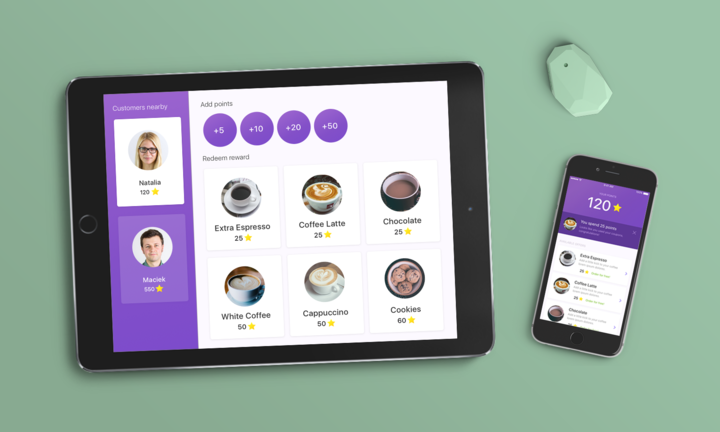

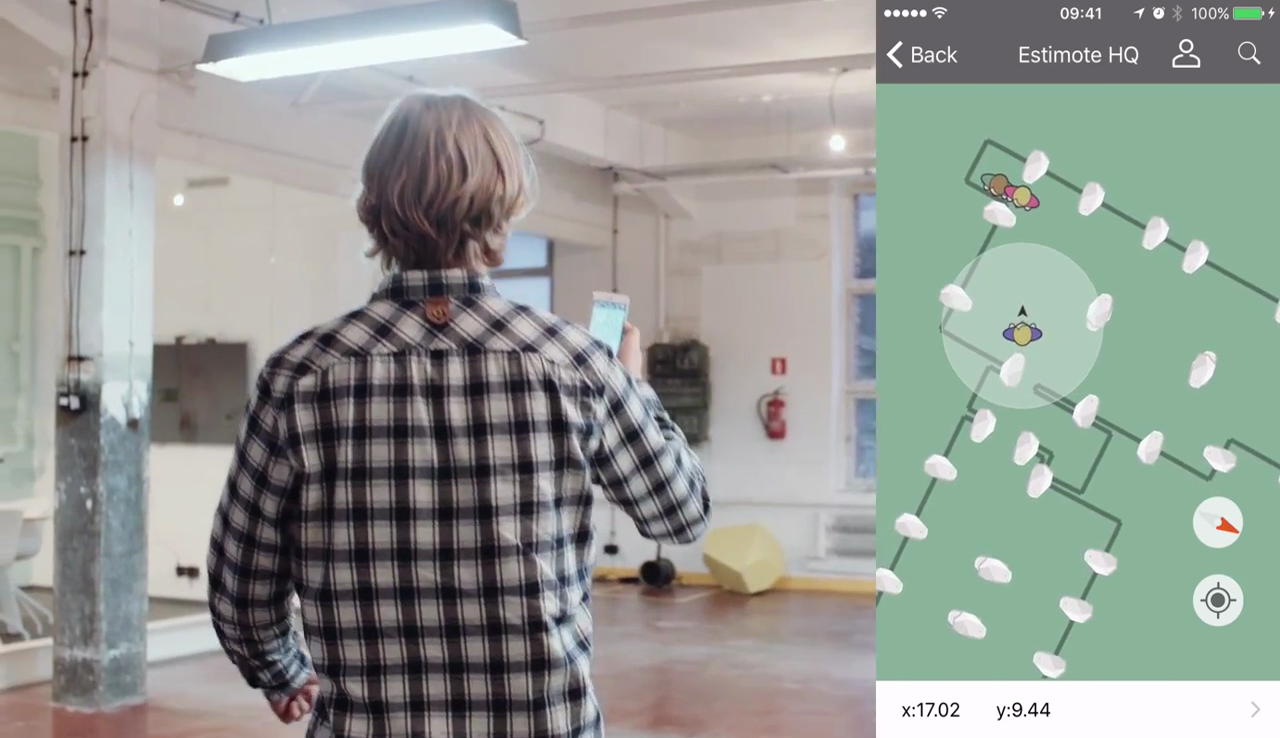
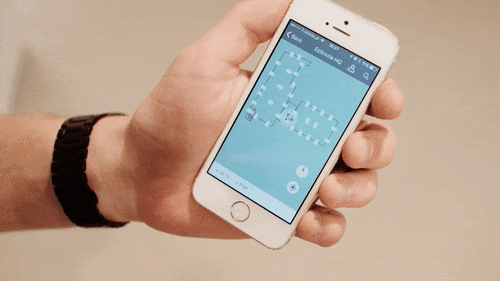






 Another reported Monitoring issue was related to the app being stopped while not in the foreground. After exiting the beacon’s range and staying away for an extended period of time, Monitoring would not respond when a user reapproached. Now it does, every dang time!
Another reported Monitoring issue was related to the app being stopped while not in the foreground. After exiting the beacon’s range and staying away for an extended period of time, Monitoring would not respond when a user reapproached. Now it does, every dang time!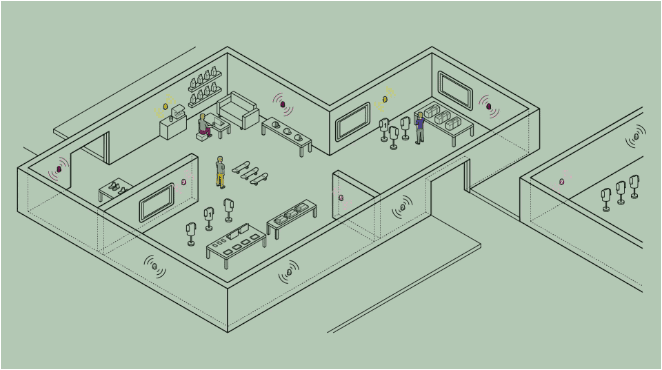
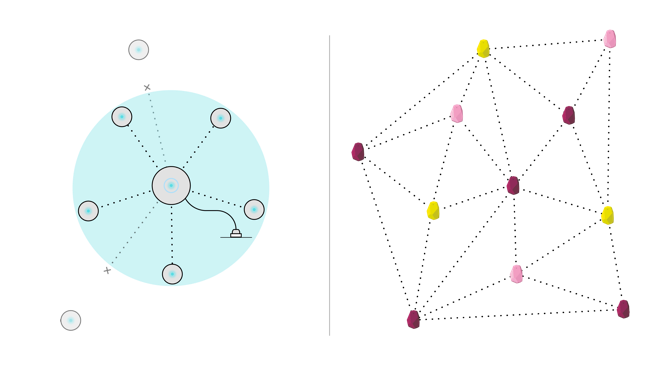




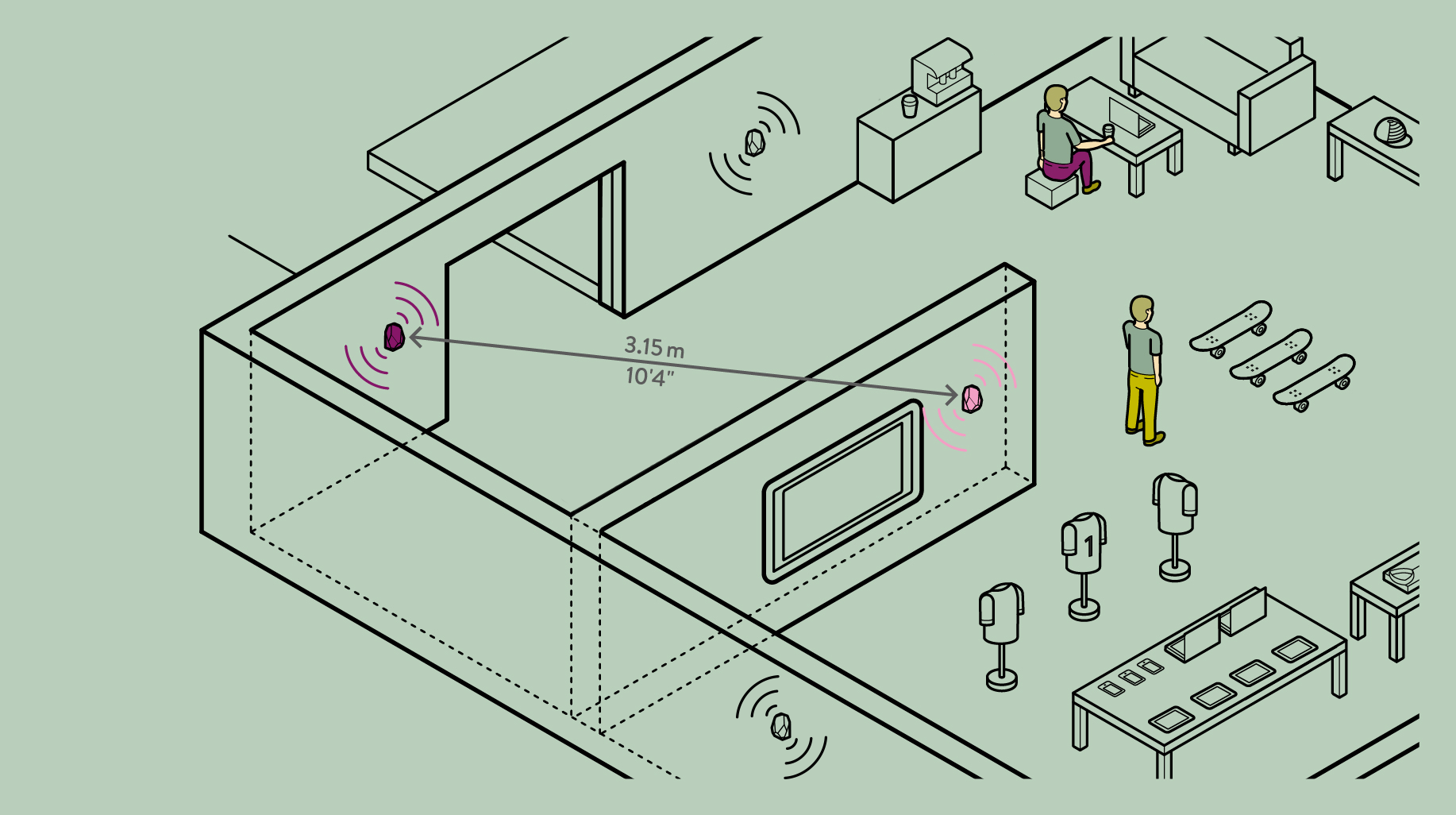
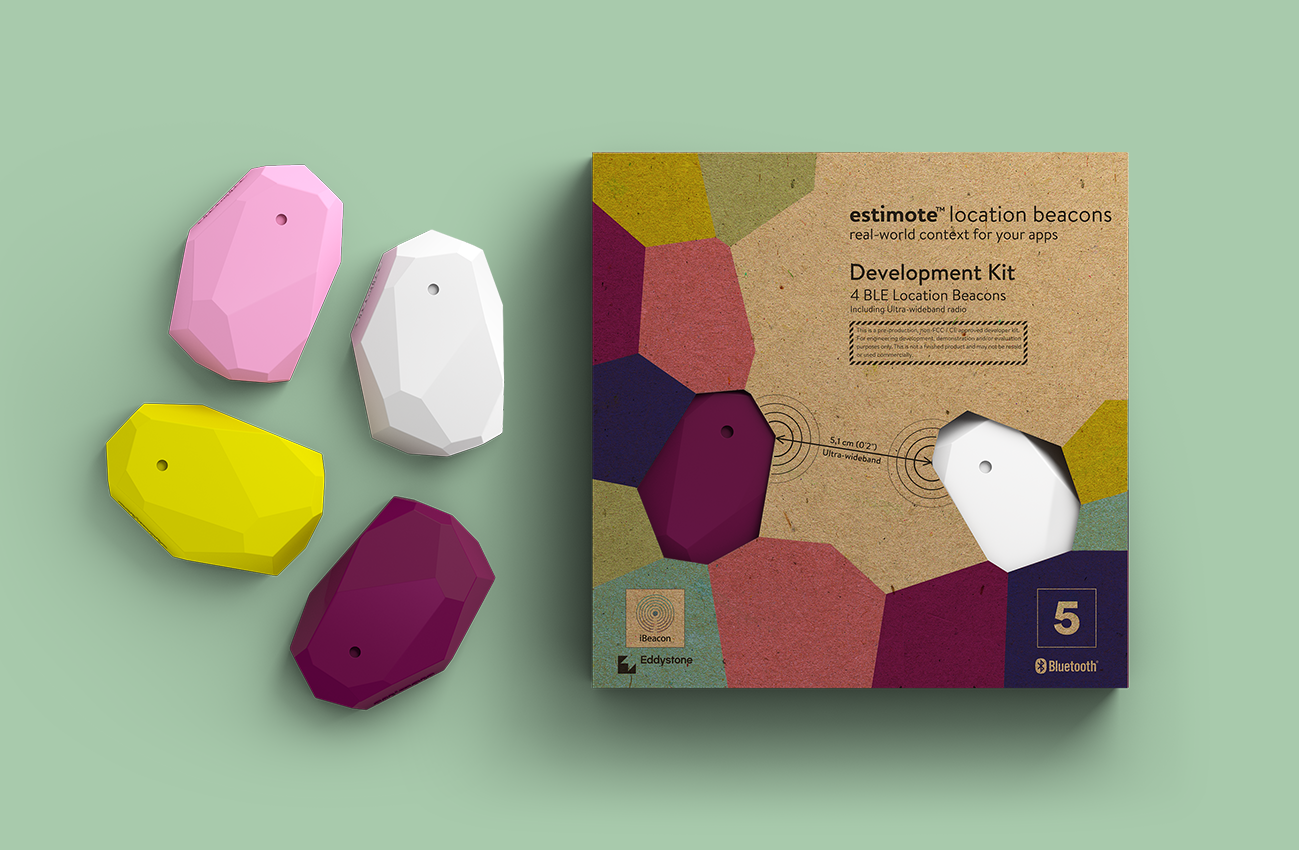



 LOCATION BEACONS
LOCATION BEACONS BLUETOOTH 5 READY BEACONS
BLUETOOTH 5 READY BEACONS INDOOR LOCATION IN BACKGROUND
INDOOR LOCATION IN BACKGROUND  ANALYTICS API
ANALYTICS API GENERAL-PURPOSE INPUT/OUTPUT (GPIO)
GENERAL-PURPOSE INPUT/OUTPUT (GPIO) STICKERS SUPPORT PHYSICAL WEB
STICKERS SUPPORT PHYSICAL WEB  HERE AND NOW NOTIFICATIONS
HERE AND NOW NOTIFICATIONS  ESTIMOTE MONITORING
ESTIMOTE MONITORING  MIRROR, A VIDEO-ENABLED BEACON
MIRROR, A VIDEO-ENABLED BEACON  LOYALTY APP TEMPLATE
LOYALTY APP TEMPLATE  BEACON MEMORY
BEACON MEMORY  SOFTWARE PRICING
SOFTWARE PRICING  CLUSTERED BEACONS CAN LAST FOREVER
CLUSTERED BEACONS CAN LAST FOREVER MESH NETWORKING
MESH NETWORKING  AUTO-MAPPING WITH UWB
AUTO-MAPPING WITH UWB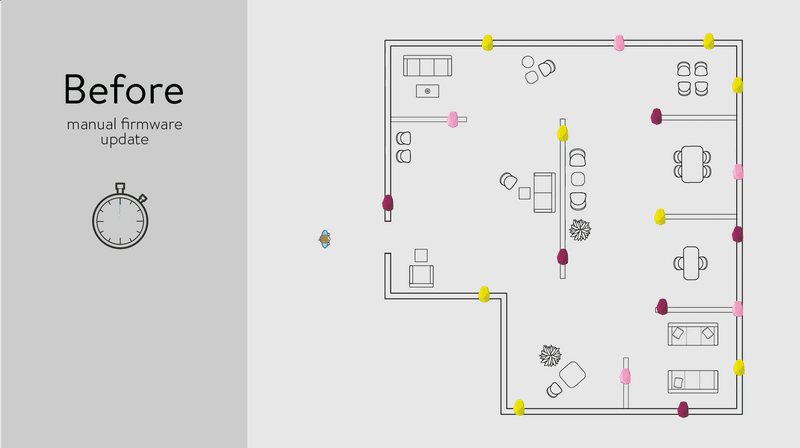
 Guests’ bracelet and wristbands (CC-BY
Guests’ bracelet and wristbands (CC-BY  Overdrive Room (CC-BY
Overdrive Room (CC-BY  Data to Scarf (credits: Julian Burford and Luke Smits -
Data to Scarf (credits: Julian Burford and Luke Smits -